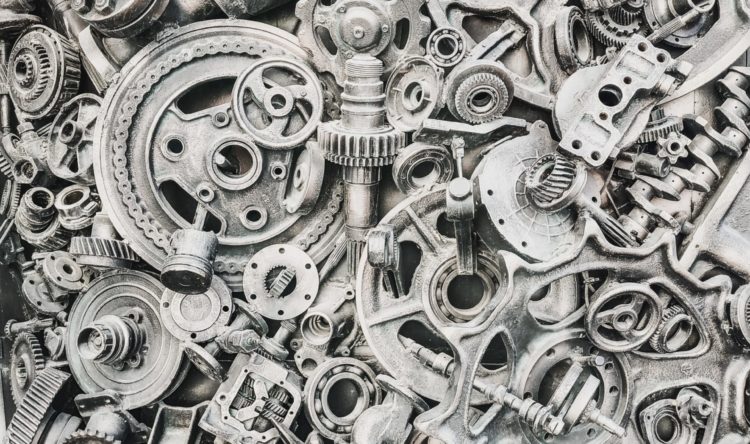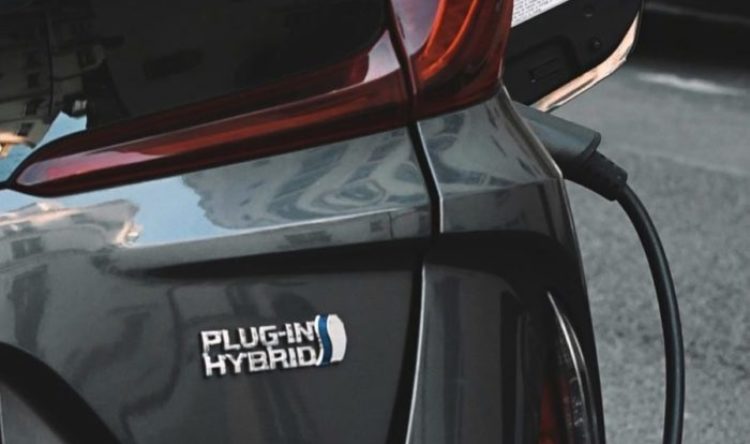Time to tackle tyres
Road side pollution from tyres a bigger health issue than exhaust emissions
Vehicle tyres are causing more problems than the engines driving them.
In fact, pollution from tyre wear can be 1,000 times worse than what comes out of a car’s exhaust.
Round and round
The research by Emissions Analytics is revolutionising the discussions around road pollution.
Harmful particle matter from tyres – and also brakes – is a very serious and growing environmental problem. This is being exacerbated by the increasing popularity of large, heavy vehicles such as SUVs. But moving forward, the growing demand for electric vehicles (EVs) is also fuelling the issue. EVs are heavier than standard cars because of their batteries, undoing some of their environmental credentials.
The tyre particles pollute air, water and soil and contain a wide range of toxic organic compounds. Included are known carcinogens, the analysts say, suggesting tyre pollution could rapidly become a major issue for regulators.
Deadly reality
Air pollution causes millions of early deaths a year globally. The requirement for better filters has meant particle emissions from tailpipes in developed countries are now much lower in new cars. However, the increasing weight of cars means the problems are shifting sources.
Vehicle tyre wear pollution is completely unregulated, unlike exhaust emissions. Non-exhaust emissions (NEE) are particles released into the air from brake wear, tyre wear, road surface wear and resuspension of road dust during on-road vehicle usage. No legislation is in place to limit or reduce NEE, but they cause real concern when it comes to air quality.
NEEs are currently believed to constitute the majority of primary particulate matter from road transport. In a government report in 2019 – ‘Non-Exhaust Emissions from Road Traffic’ – NEEs represent 60 percent of PM2.5 and 73 percent of PM10. The report recommended that NEEs are immediately recognised as a serious area of concern and regulation.
Testing times
Emissions Analytics performed some initial tyre wear testing. Using a popular family hatchback running on brand new, correctly inflated tyres, it found that the car emitted 5.8 grams per kilometer of particles.
This compares with regulated exhaust emission limits of 4.5 milligrams per kilometer. This could be even higher with underinflated tyres, rougher road surfaces, or budget tyres. These are all very recognisable scenarios in ‘real world’ motoring.“
Tyres are rapidly eclipsing the tailpipe as a major source of emissions from vehicles,” said Nick Molden, at Emissions Analytics, the leading independent emissions testing company that did the research. “Tailpipes are now so clean for pollutants that, if you were starting out afresh, you wouldn’t even bother regulating them.”
Molden says initial estimate of tyre particle emissions prompted the new work. “We came to a bewildering amount of material being released into the environment – 300,000 tonnes of tyre rubber in the UK and US, just from cars and vans every year.”
Increasing issue
The tests of tyre wear were done on 14 different tyre brands using a Mercedes C-Class driven normally on the road. High-precision scales measured the weight lost by the tyres. Alongside this, a sampling system collects and assessed particles behind the tyres while driving. Far more small particles are produced by the tyres than large ones. This means that while the vast majority of the particles by number are small enough to become airborne and contribute to air pollution, these represent only 11% of the particles by weight. Nonetheless, tyres still produce hundreds of times more airborne particles by weight than the exhausts.
Dr James Tate, at the University of Leeds’ Institute for Transport Studies in the UK, said the tyre test results were credible. However, he says its important to note that “BEVs are becoming lighter very fast”. He believes that over the next two years, EVs will be a comparable weight with fossil fueled counterparts. “Only high-end, large BEVs with high capacity batteries will weigh more.”
Other recent research has suggested tyre particles are a major source of the microplastics polluting the oceans. A specific chemical used in tyres has been linked to salmon deaths in the US and California proposed a ban this month.
“The US is more advanced in their thinking about [the impacts of tyre particles],” said Molden. “The European Union is behind the curve. Overall, it’s early days, but this could be a big issue.”







